Have you ever gazed into your cat’s eyes and wondered what secrets they hold? Cats can be mysterious, and their trust is something precious—fragile as glass, yet deeply rewarding. One day, your feline might be your best friend, purring on your lap, and the next, they might seem distant or even fearful. Recognizing a shift in your cat’s trust can be shocking and sometimes heartbreaking. But understanding the subtle signals can help you fix the rift and rebuild that magical bond. Every meow, tail flick, and blink might mean something more than you realize. Let’s embark on this journey together to uncover the hidden language of feline trust—because our cats deserve to be understood, cherished, and loved for who they are.
Sudden Avoidance or Hiding
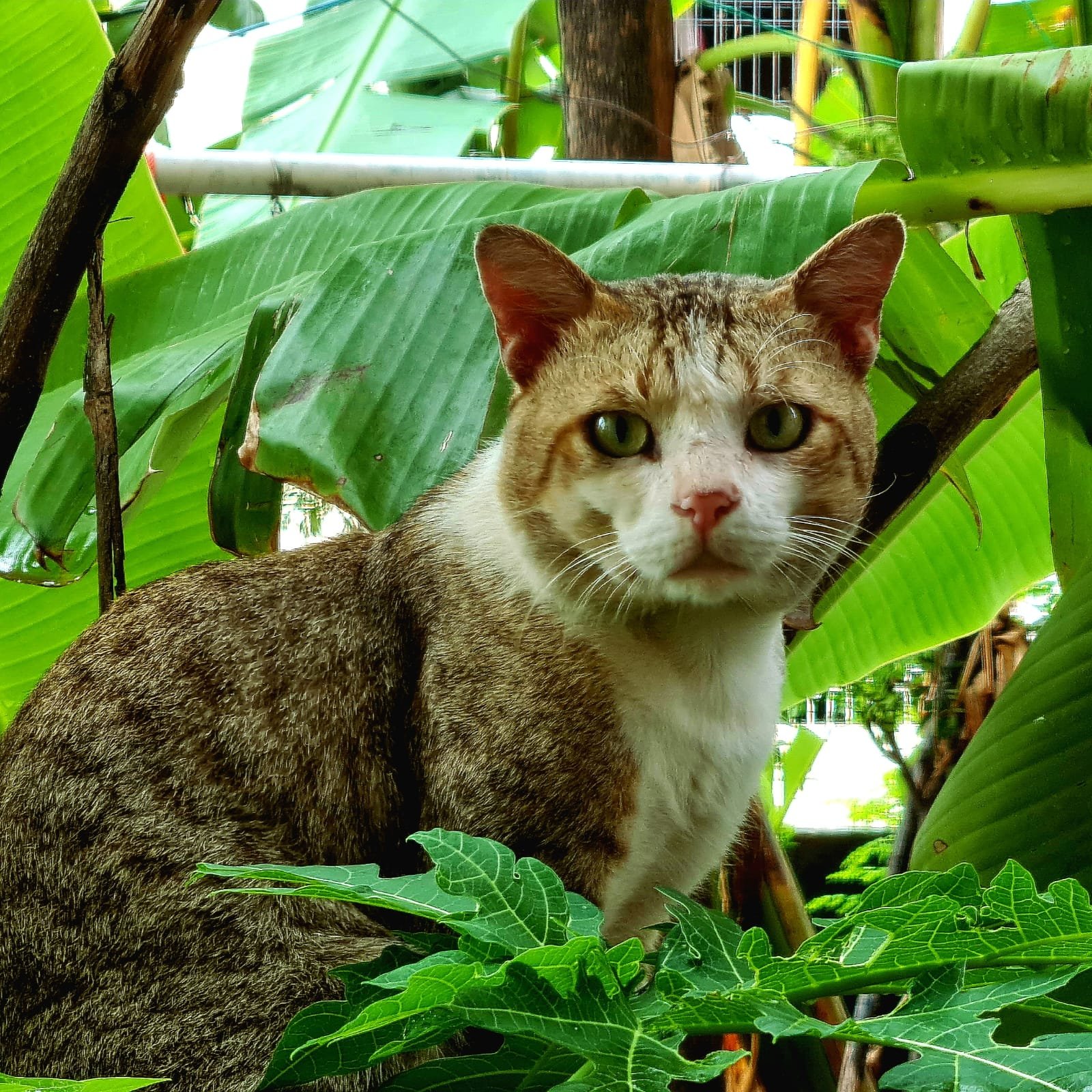
When a cat suddenly begins to avoid you or hides more often, it’s a glaring sign that something has changed in your relationship. Cats are creatures of habit, so if your once-social feline starts disappearing under beds or behind couches, it’s time to pay attention. This behavior can be triggered by a negative experience, a loud noise, or even a change in your routine. It’s important to remember that cats don’t hide just for fun; they’re trying to feel safe. Take this as a sign that your cat’s trust has been shaken. Try to recall any recent events that might have frightened or unsettled your furry companion. Being gentle and giving them space can slowly help rebuild their confidence in you.
Lack of Eye Contact
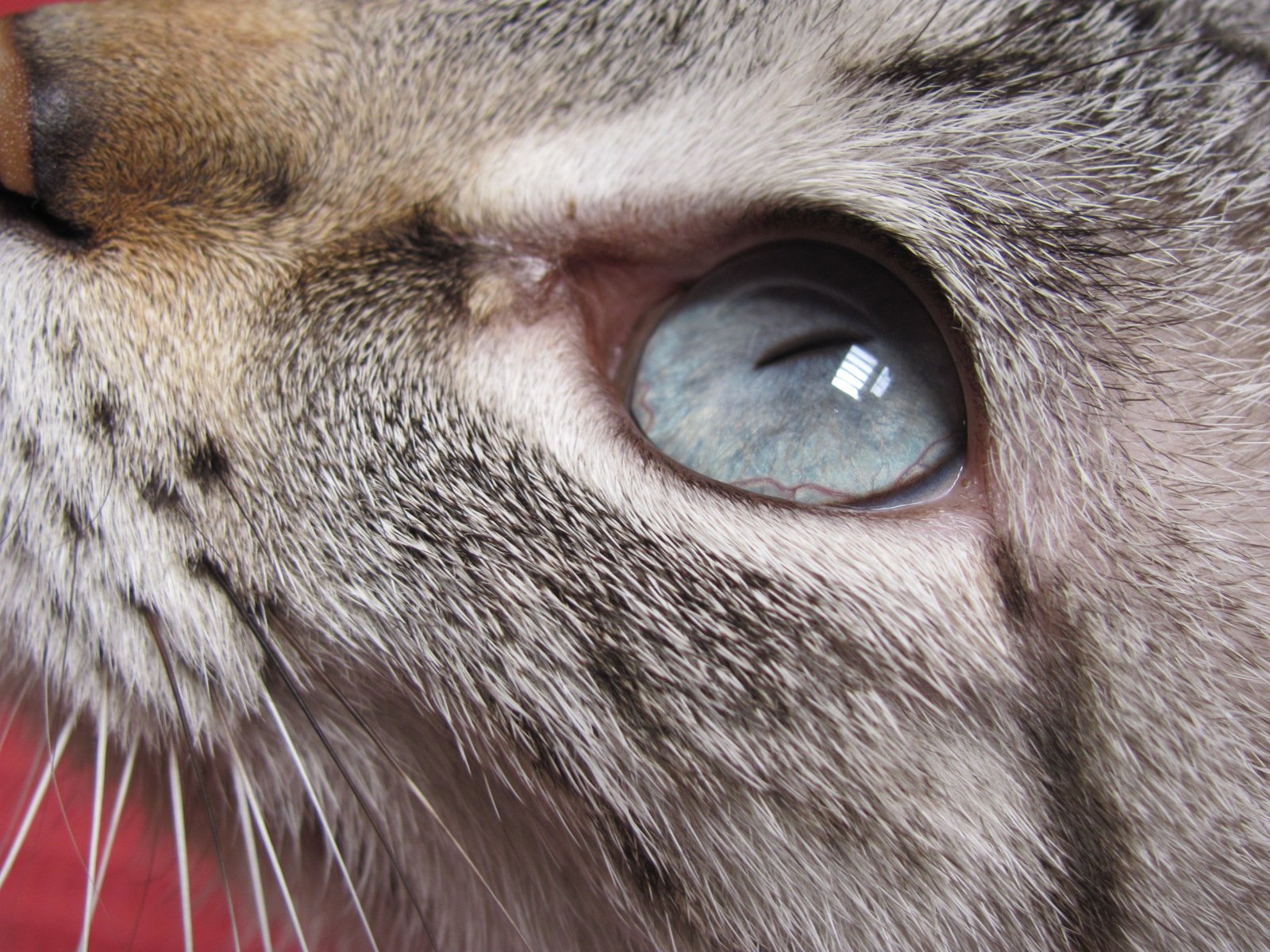
Eye contact between you and your cat is a significant indicator of their comfort level. A trusting cat will often gaze at you with slow, relaxed blinks, sometimes even closing their eyes halfway as a sign of affection. If your cat starts avoiding your gaze or keeps their eyes wide open and alert when you’re near, it may signal discomfort or mistrust. This change can feel like a cold shoulder from a friend, leaving you wondering what went wrong. Eye contact is a vulnerable act for cats, so any reluctance in this area should not be ignored. Work on reestablishing trust by sitting quietly in their presence and offering gentle, reassuring blinks. Let them set the pace for interaction, and you may soon see those loving blinks return.
Change in Vocalization
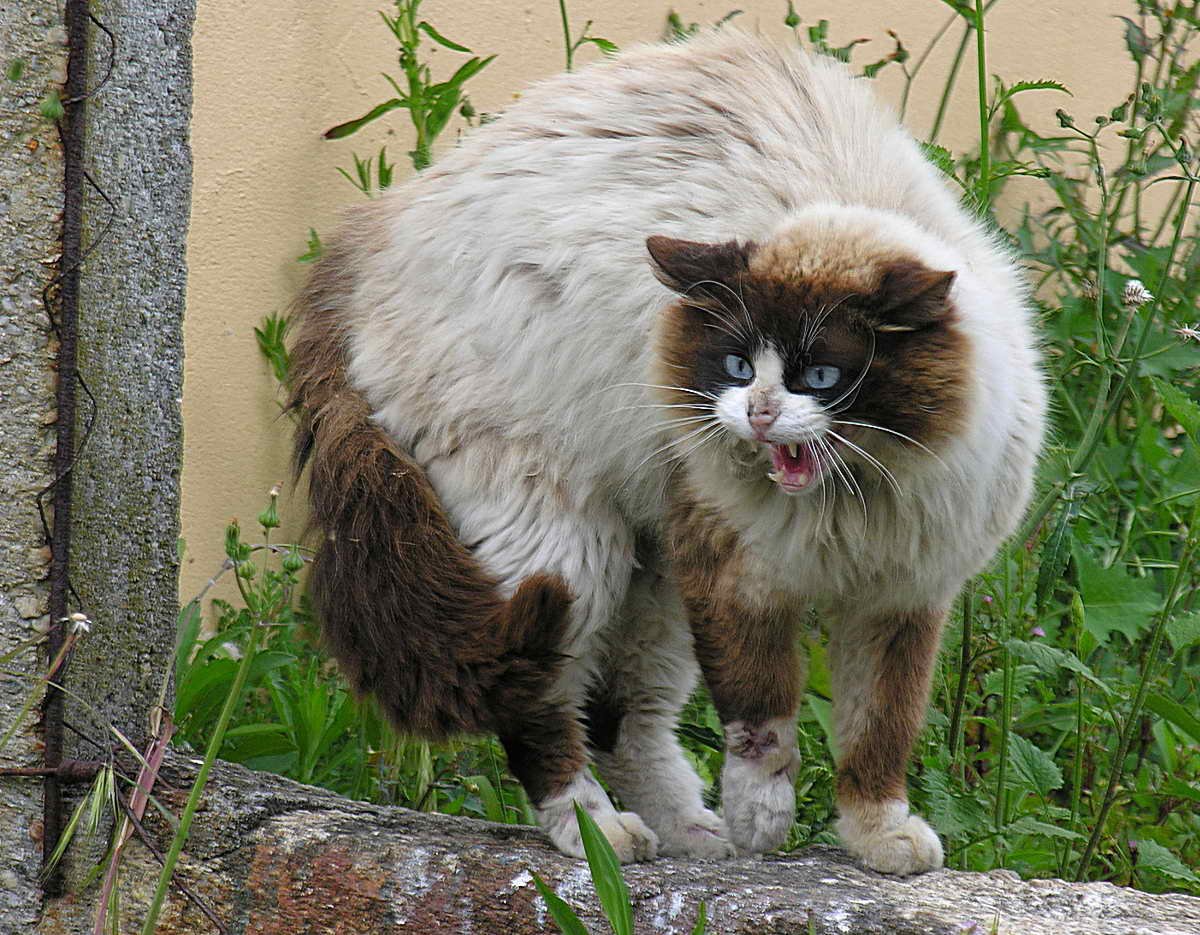
Cats communicate with us through a variety of sounds. A shift in the way your cat vocalizes—whether they become unusually silent, start hissing, or meowing excessively—can be a warning sign. If your cat, once chatty and expressive, suddenly goes quiet, it might mean they no longer feel safe expressing themselves. On the other hand, if they begin to hiss or growl, it’s a definite sign of fear or discomfort. Listen to the tone and frequency of your cat’s sounds; their voice is telling you something important. Respond with a calm and soothing tone to show that you’re not a threat. Over time, your cat may feel comfortable enough to “talk” to you again.
Reluctance to Accept Petting

Physical touch is a powerful form of connection between humans and cats. If your cat used to nuzzle into your hands or flop over for tummy rubs but now recoils or walks away, something has shifted. This reluctance to accept petting might stem from a recent scare, an accidental rough touch, or even a medical issue causing discomfort. It’s heartbreaking to see your feline friend flinch from your affection. To regain their trust, start by offering your hand for them to sniff rather than reaching out to pet them. Let your cat dictate when and how they want to be touched. Patient, gentle gestures can help mend the bond and reassure your cat.
Tail Position and Body Language

Your cat’s tail is a powerful barometer of their emotions. A high, upright tail often signals confidence and trust, while a low, puffed up, or tucked tail indicates fear and anxiety. If you notice your cat’s tail posture has changed around you, it might mean their trust is wavering. Watch for other body language cues too—flattened ears, arched backs, or a rigid stance all indicate distress. Body language is the silent language of cats, and learning to read these signs is essential for maintaining a strong relationship. Approach your cat calmly, avoid sudden movements, and respect their space until they seem more at ease.
Changes in Grooming Habits

A cat’s grooming routine is another window into their emotional state. Cats who trust their environment will groom themselves regularly, often even grooming their humans as a sign of affection. If your cat suddenly stops grooming or becomes excessively self-absorbed in cleaning, it may indicate stress or anxiety. It’s as if they’re trying to comfort themselves or, alternatively, have lost motivation due to sadness. This change can sometimes point to underlying health issues as well, so a vet visit might be necessary. By creating a calm and stress-free environment, you can help your cat feel safe enough to resume their normal grooming routines.
Loss of Appetite or Overeating

Food is one of life’s great pleasures, and for cats, feeling comfortable enough to eat is a big deal. If your cat suddenly loses interest in food or starts eating much more than usual, it could be a sign of emotional distress. Sometimes, a shift in trust can cause a cat to avoid eating because they feel vulnerable. Conversely, overeating can be a self-soothing behavior in anxious cats. Monitor your cat’s eating habits closely and try to feed them in a quiet, safe spot away from disturbances. Offer favorite foods as a peace offering, and give plenty of encouragement without forcing them to eat.
Increased Aggression or Defensive Behavior

Aggression is often a last resort for cats who feel threatened or unsafe. If your once-gentle kitty starts swatting, biting, or growling during interactions, it’s a clear sign that trust has been broken. This behavior can be scary and surprising for cat owners, especially if it seems to come out of nowhere. Remember, aggression is usually rooted in fear, not malice. Give your cat space, avoid punishing them, and instead focus on creating positive experiences. Over time, patience and kindness can help reduce defensive behaviors and restore your relationship.
Withdrawing from Playtime
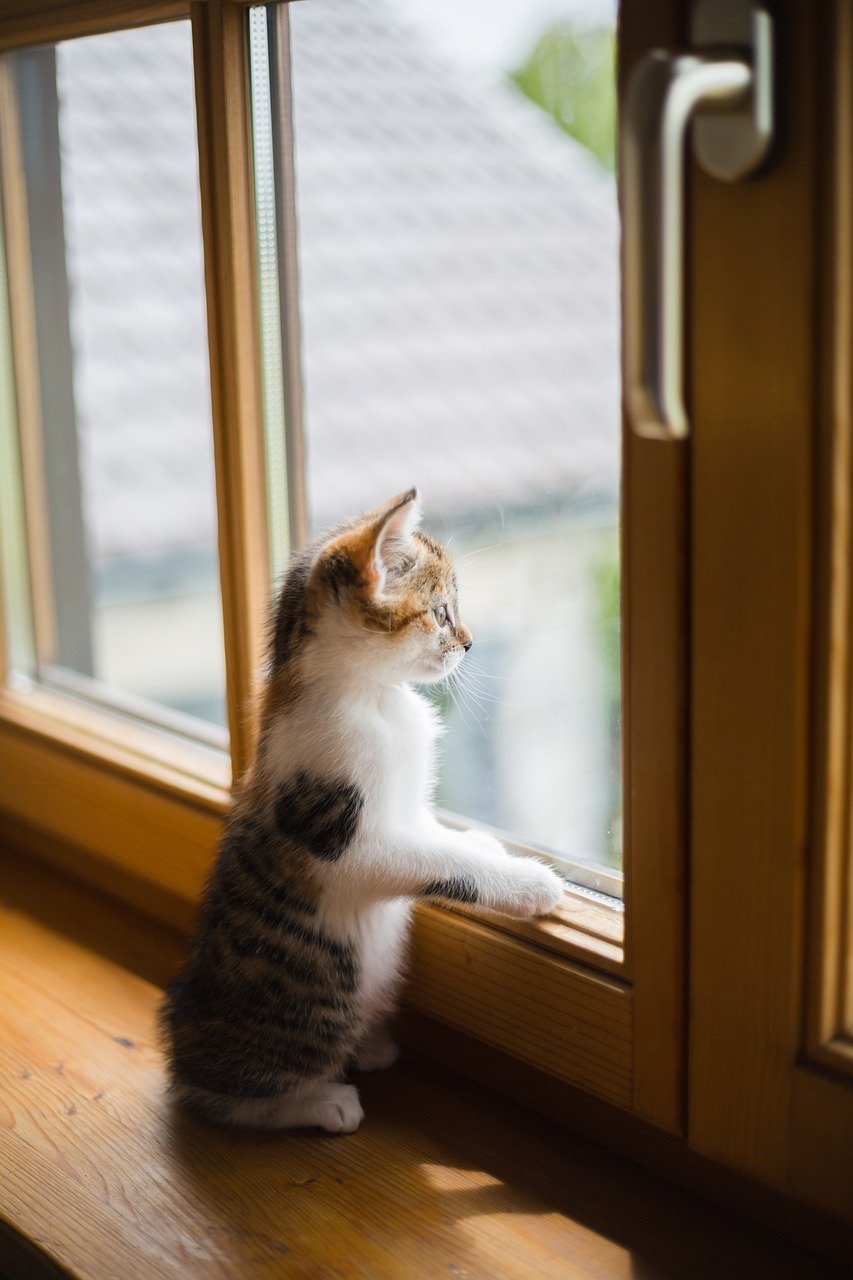
Play is a vital part of a healthy cat’s life, helping them stay active, alert, and emotionally satisfied. If your cat suddenly shows no interest in toys or play sessions, it might be a sign that they no longer feel safe enough to let their guard down. Playtime is often a bonding activity, so a lack of engagement can be especially upsetting. Try offering new toys or playing from a distance to reawaken their curiosity. Let your cat know that fun and safety still go hand in hand in your home.
Overreacting to Everyday Noises
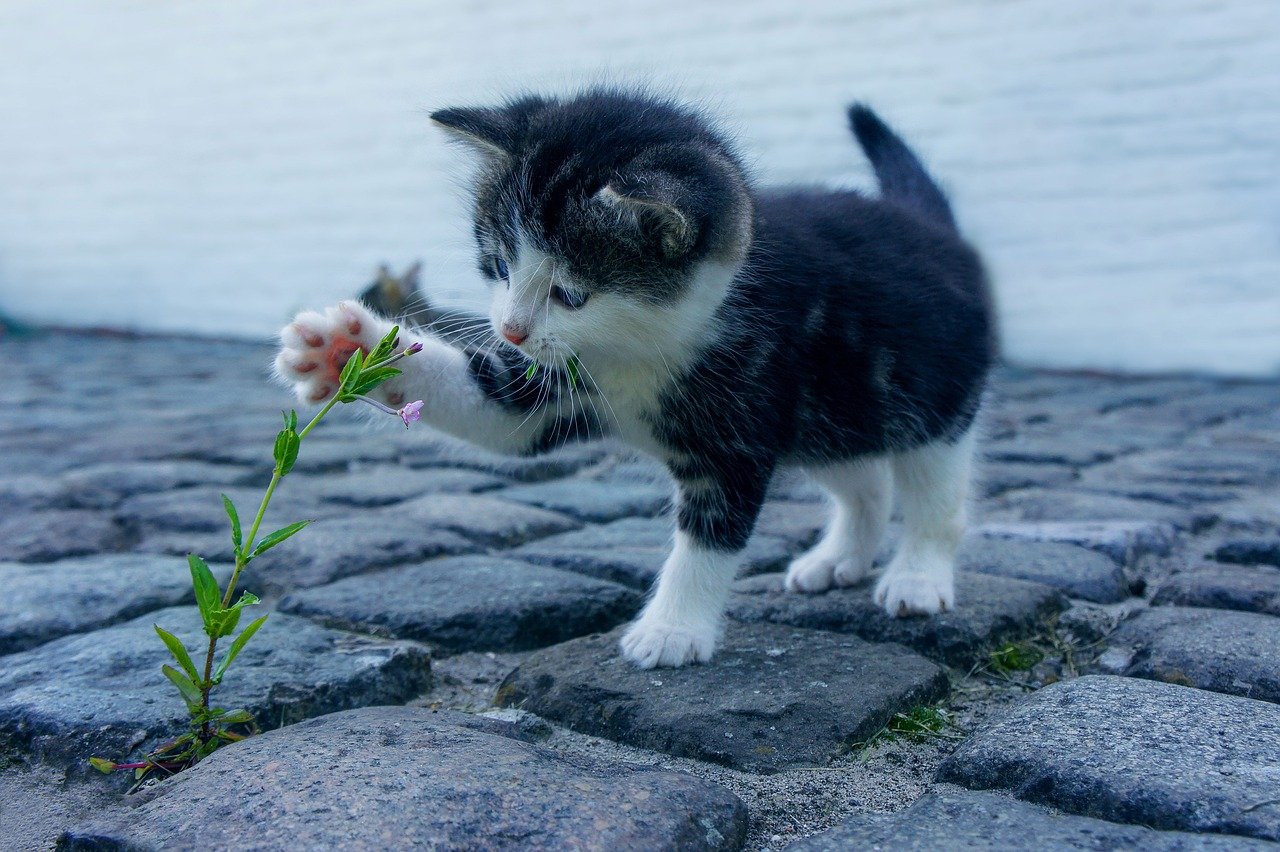
A cat who trusts you and their environment will generally not react dramatically to routine household sounds. If your cat starts jumping at every little noise or runs away at the sound of footsteps, this could mean their sense of security has been shaken. These reactions are often rooted in anxiety or fear and should not be ignored. Keep your home as peaceful as possible and speak softly to reassure your pet. Gradually, they may start to relax and accept background sounds as harmless.
Changes in Sleeping Patterns
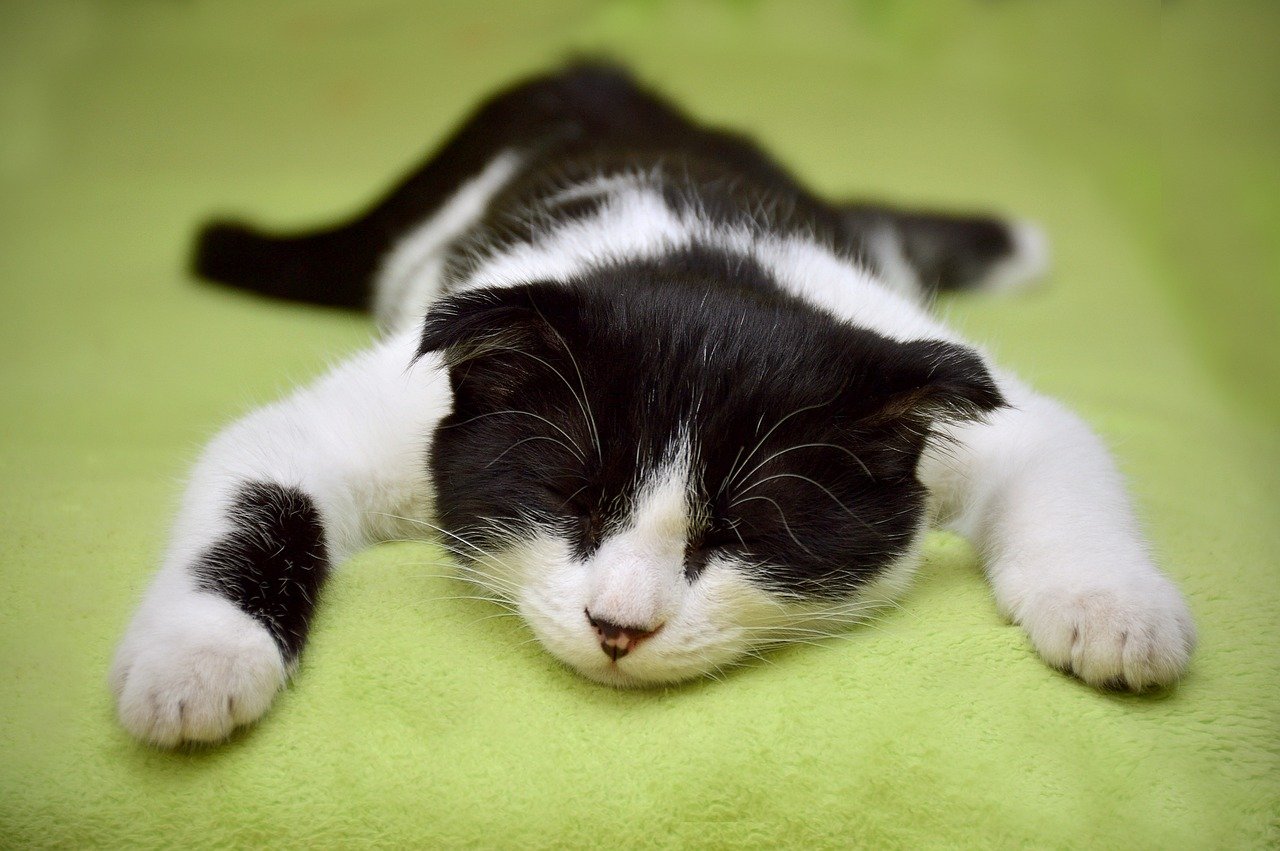
Cats love their naps, often choosing to snooze in spots where they feel the safest. If your cat suddenly switches sleeping locations or seems to sleep more or less than usual, take note. A cat who no longer sleeps near you, or who seeks out hidden or high-up places, could be feeling vulnerable. Sleeping is when cats are at their most defenseless, so changes here are significant. Make sure your cat’s sleeping area is comfortable and accessible, and avoid disturbing them while they rest.
Overgrooming or Hair Loss

Sometimes, stress and a loss of trust can manifest physically through overgrooming or even bald patches. This compulsive behavior is a coping mechanism for anxiety, much like humans biting their nails when nervous. If you notice your cat licking themselves raw, it’s a plea for help. Look for patterns or triggers in their environment that might be causing distress. Addressing these issues and providing a stable, loving atmosphere can help your cat recover both emotionally and physically.
Ignoring or Rejecting Treats
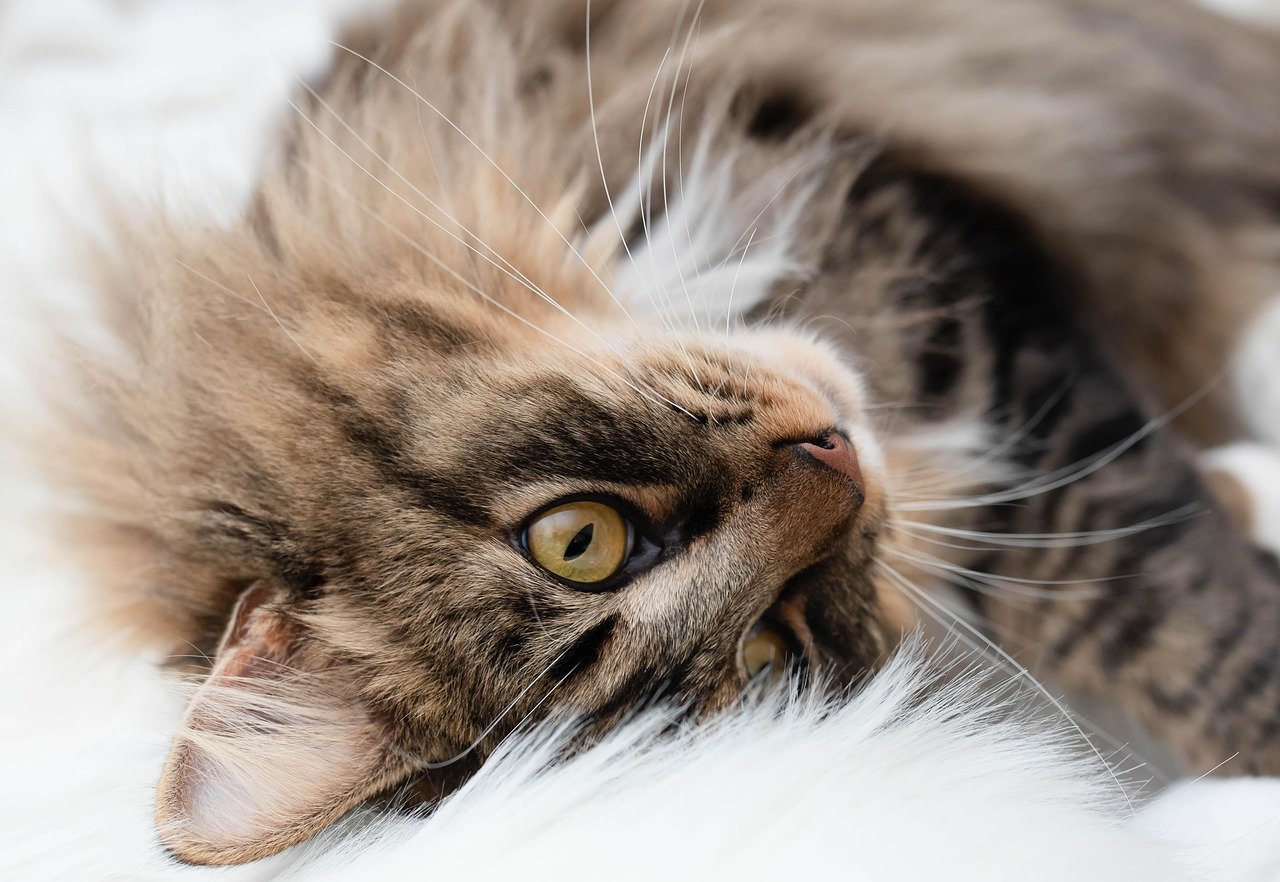
Treats are usually irresistible to cats, so if your cat starts ignoring or rejecting their favorite snacks, it’s a red flag. Sometimes, a cat may turn away from food offered by someone they no longer trust, even if they’re hungry. This subtle sign can be heartbreaking, but it’s also a clear message: your cat’s confidence in you has been shaken. Try offering treats in a non-threatening way, such as leaving them nearby rather than hand-feeding. Let your cat come to the treats in their own time, rebuilding positive associations.
Unusual Litter Box Behavior
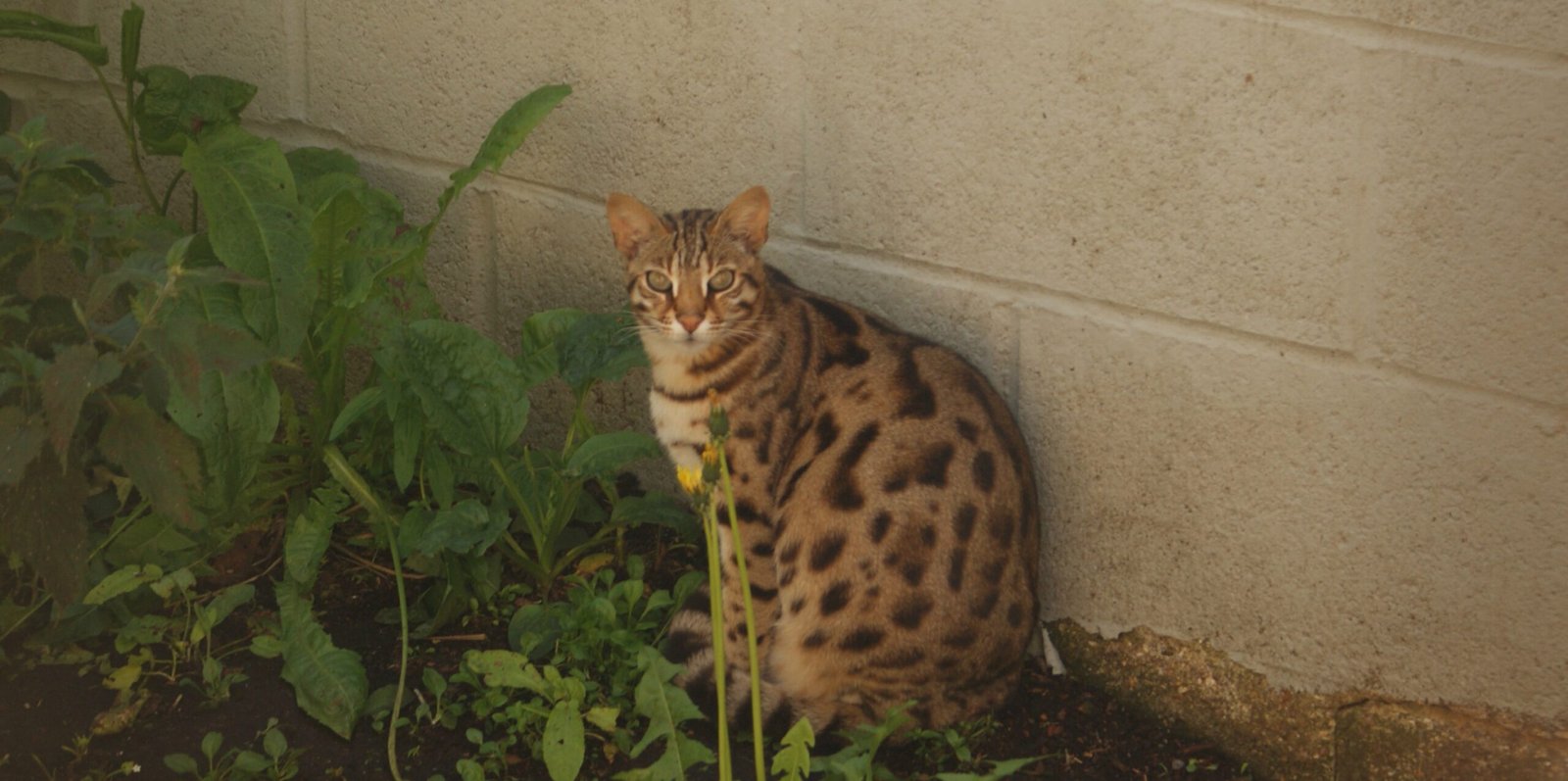
A sudden change in litter box habits, such as missing the box or refusing to use it, can signal emotional turmoil. Cats are naturally clean creatures, so inappropriate elimination is rarely random. Stress, fear, or a lack of trust in their environment can all lead to litter box issues. Approach this situation with compassion, not anger. Ensure the box is clean, in a private spot, and easily accessible. Reassure your cat that they are not in trouble, and monitor for improvement as trust is rebuilt.
Clinginess or Neediness
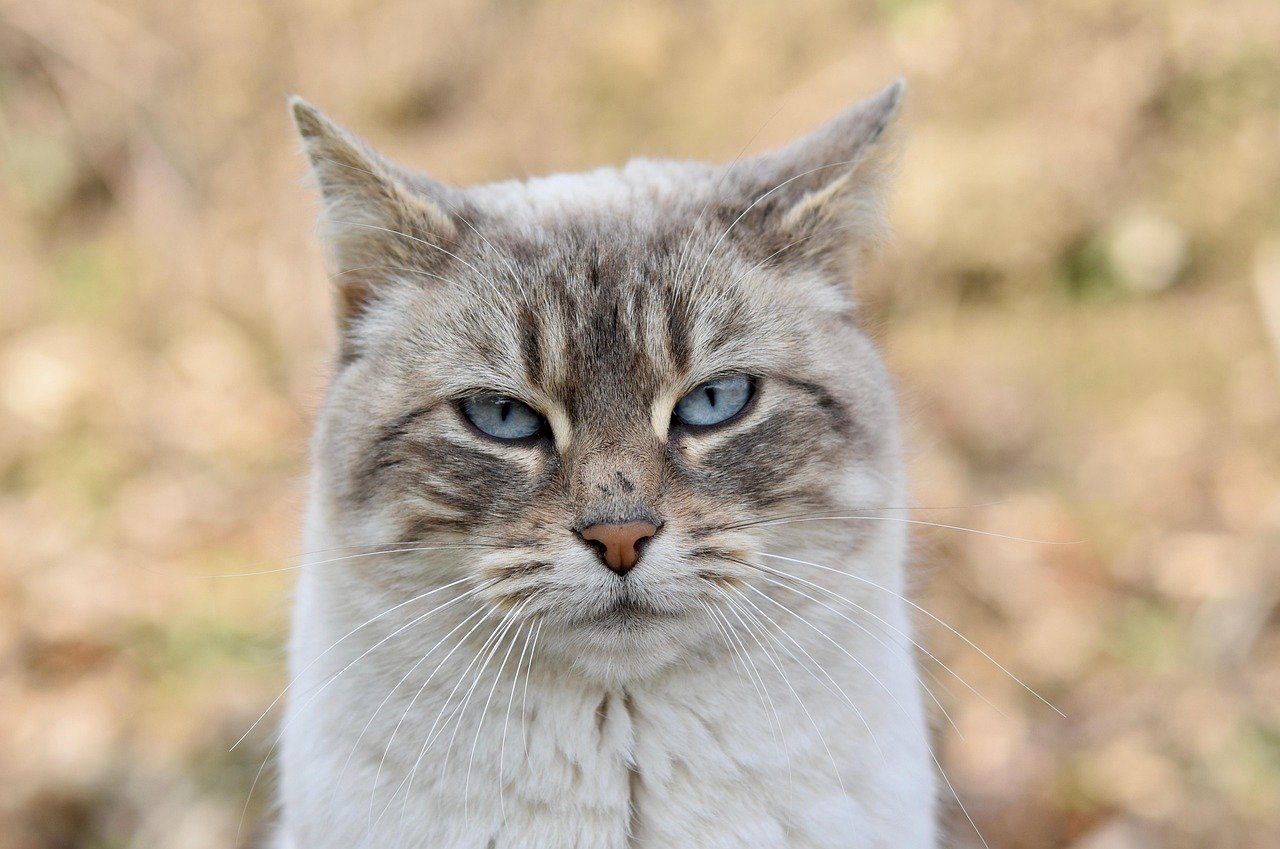
While some cats withdraw when trust is broken, others may become unusually clingy, following you from room to room or demanding constant attention. This insecure attachment can be a sign that your cat is seeking reassurance. They may rub against your legs excessively or meow for you to pick them up. While it can be flattering, it’s important to balance affection with giving your cat space to regain their confidence independently. Gradually encourage self-assurance while providing plenty of gentle love.
Loss of Interest in Socializing

A sociable cat who suddenly avoids not just you, but also other family members or pets, is sending a clear signal. This withdrawal can be an act of self-preservation, as your cat seeks solitude to regroup. It’s normal to feel hurt, but try not to take it personally. Instead, focus on making your home a calm, safe retreat. Your cat will return to socializing when they feel ready and secure.
Unusual Purring or Silence
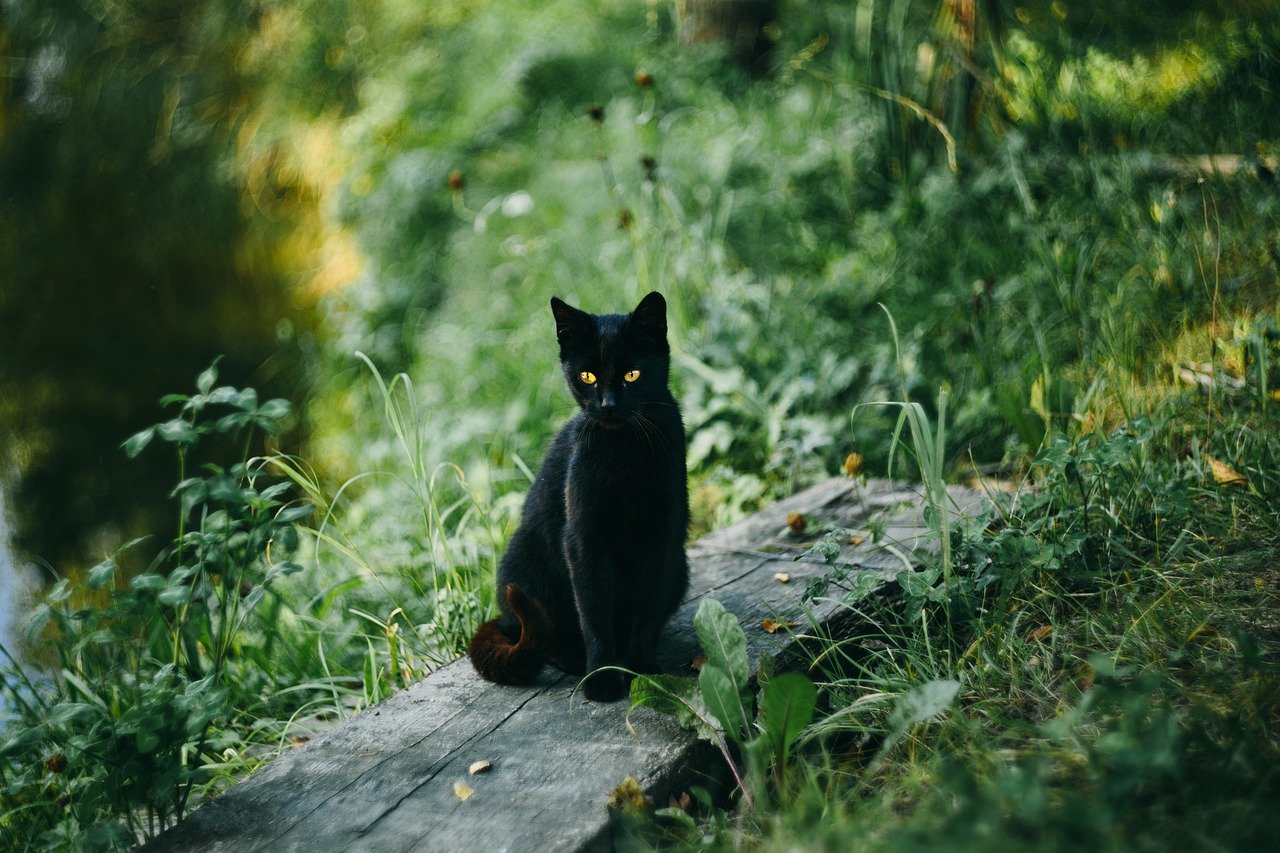
Purring is often a sign of contentment, but it can also be a self-soothing mechanism during times of stress. If your cat suddenly purrs constantly or stops purring altogether, it could indicate a shift in their emotional state. Pay attention to the context—do they purr when hiding or when you try to comfort them? Or have they gone silent, even during cuddles? These clues can help you gauge your cat’s trust and well-being.
Refusing to Come When Called
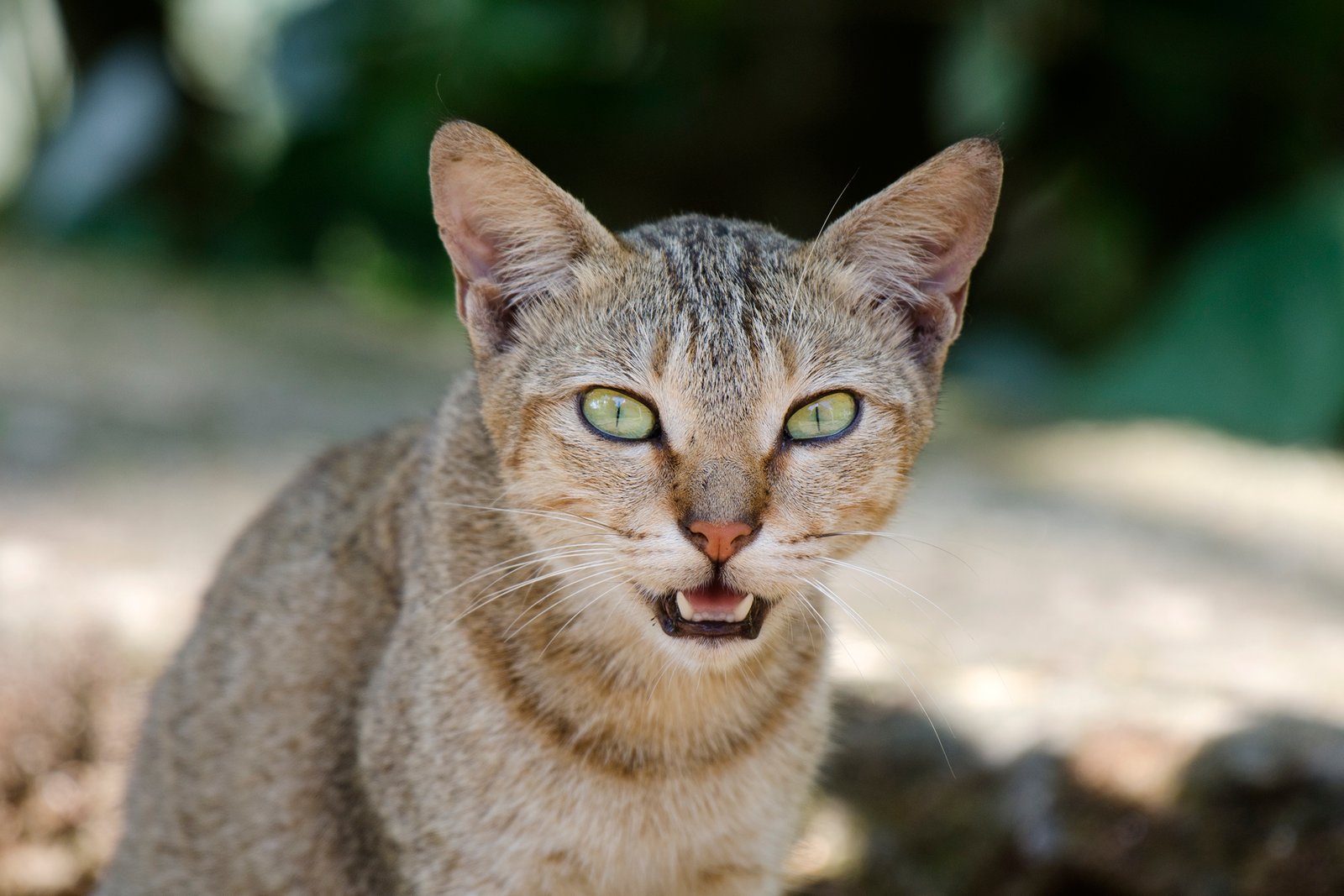
A trusting cat will typically respond to your voice, whether by coming when called or at least acknowledging you with a look or a meow. If your cat ignores your calls or seems indifferent to your presence, it’s a sign of emotional distance. This behavior might develop after a stressful event or a perceived betrayal. Be patient and avoid forcing interactions. Instead, use positive reinforcement, like treats or favorite toys, to reestablish a positive connection when they do respond.
Sudden Interest in Outdoor Escapes

If your indoor cat suddenly starts darting for the door or seems desperate to go outside, it could mean they’re uncomfortable in their current environment. This urge to escape isn’t just curiosity—it’s often a sign of stress or fear. Look for changes in your home that might have prompted this behavior, such as new people, pets, or loud noises. Ensuring your home feels safe and welcoming is crucial to restoring your cat’s sense of security.
Fleeting Affection or “Drive-By” Interactions

Some cats start showing affection only briefly, quickly brushing against you before darting away. These “drive-by” interactions may replace longer cuddles or lap sessions, leaving you feeling confused or rejected. This quick-touch behavior often means your cat still craves connection but isn’t fully comfortable relaxing in your presence. Be patient and offer affection on their terms. Over time, these fleeting moments may blossom back into the long, loving snuggles you cherish.
Increased Sensitivity to Handling

A once-tolerant cat who now reacts strongly to being picked up or touched is displaying a serious loss of trust. You may notice flinching, stiffening, or even attempts to wriggle free where there was once calm acceptance. This increased sensitivity can be a response to pain, fear, or past negative experiences. Always handle your cat gently and respect their boundaries. Build trust slowly by rewarding calm behavior and letting your cat approach you for physical contact when they’re ready.
Hi, I’m Bola, a passionate writer and creative strategist with a knack for crafting compelling content that educates, inspires, and connects. Over the years, I’ve honed my skills across various writing fields, including content creation, copywriting, online course development, and video scriptwriting.
When I’m not at my desk, you’ll find me exploring new ideas, reading books, or brainstorming creative ways to solve challenges. I believe that words have the power to transform, and I’m here to help you leverage that power for success.
Thanks for stopping by, Keep coming to this website to checkout new articles form me. You’d always love it!






